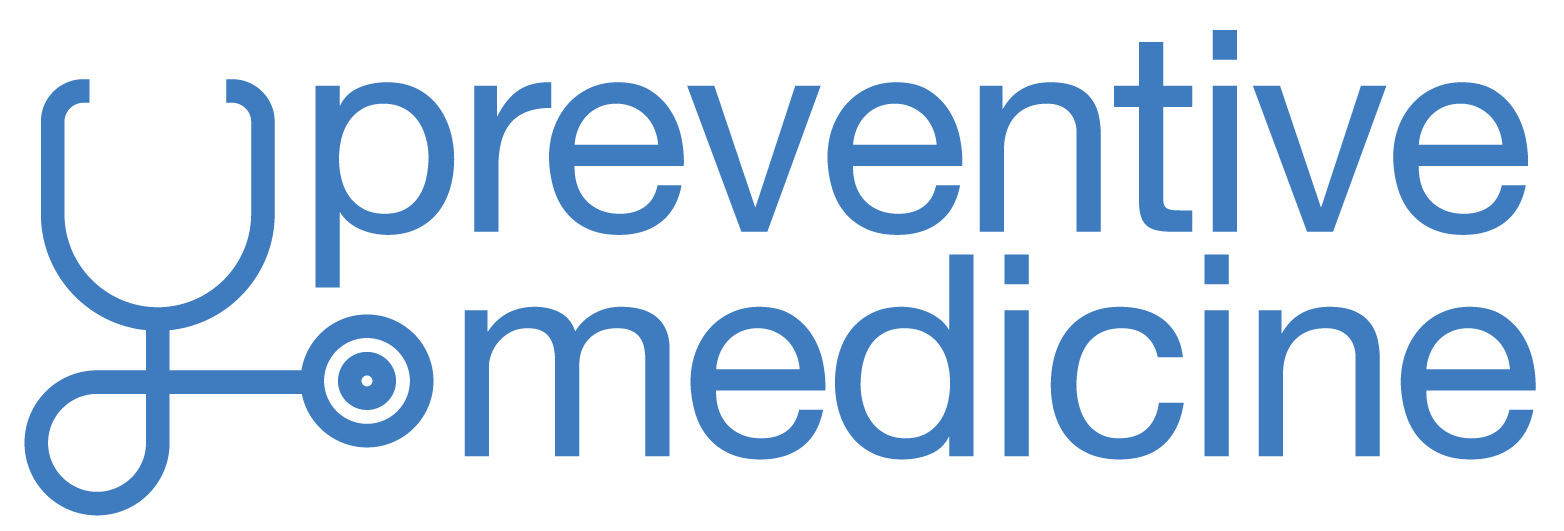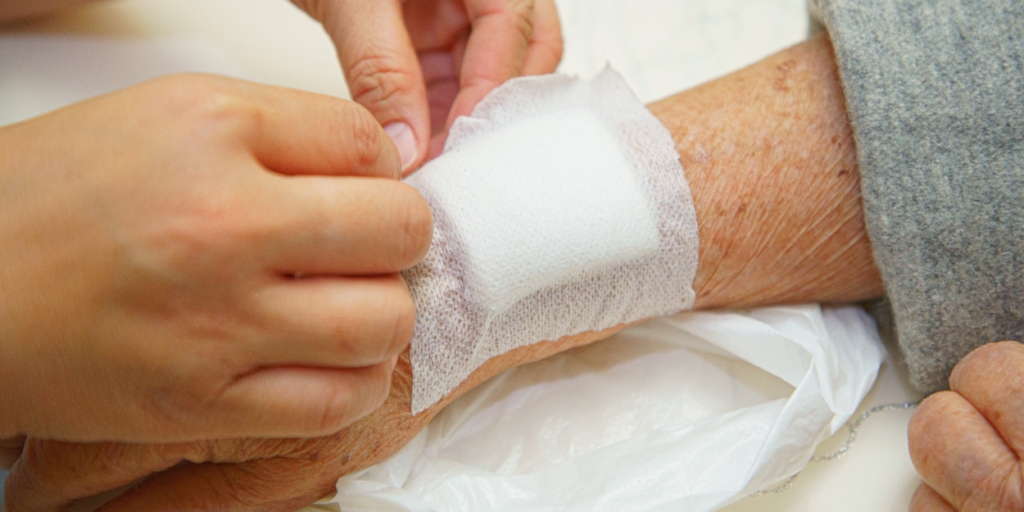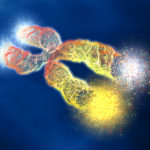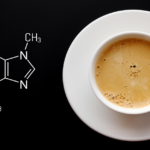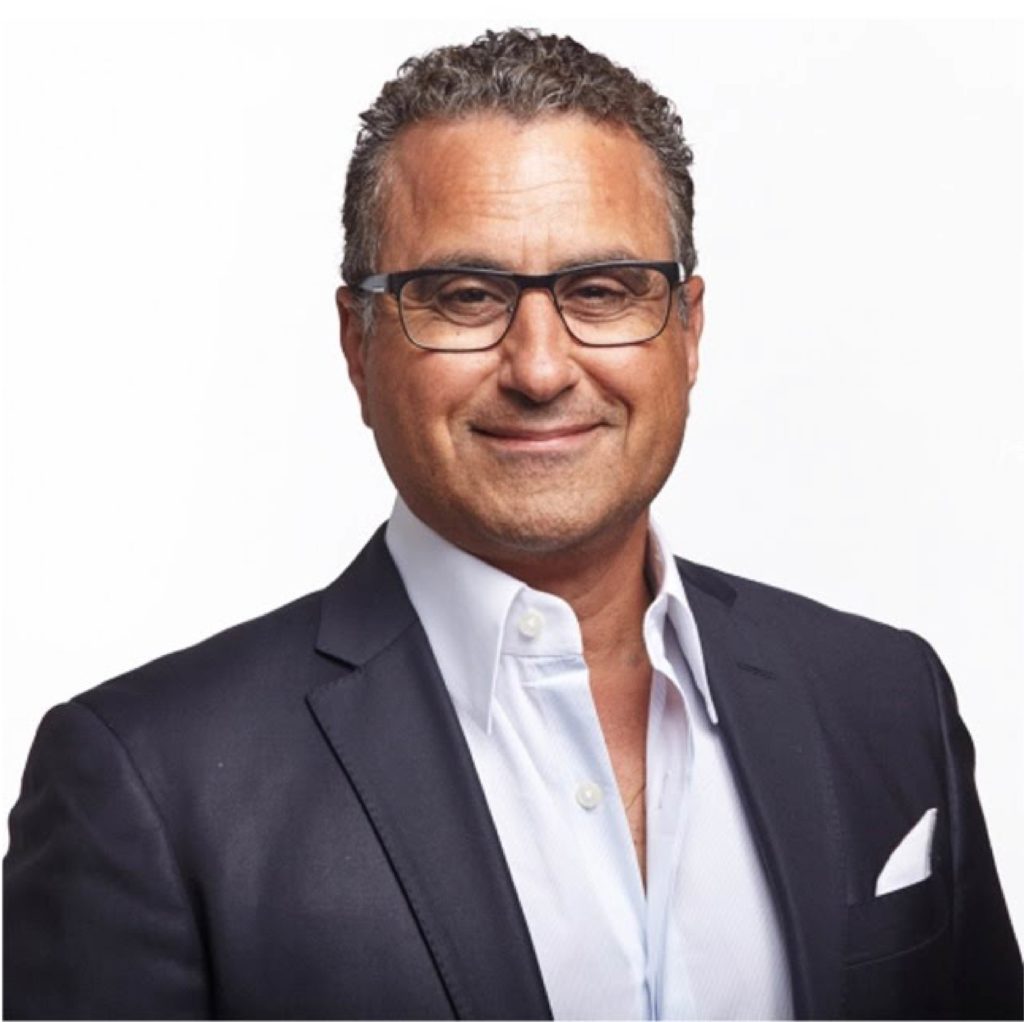BPC-157 is the essential activity fragment of the BPC peptide found in human gastric juice. The pentadecapeptide BPC-157, composed of 15 amino acids, has been shown to promote the healing of wounds and traumas in various organs and tissues. The application of this body-protective compound has endless possibilities for the healing of damage found in the esophagus, stomach, duodenum, and colorectal mucosa. BPC-157 is a naturally occurring cell/organ protectant for the stomach as a stress coping response meant to heal the body’s extragastrointestinal tissues [3].
This gastric peptide is reported to be cytoprotective, meaning it has the capacity to stimulate mucus production and enhance blood flow. Indicating BPC-157’s effectiveness for promoting healing. Studies suggest that it has strong potential as a therapeutic agent for trauma and stress damage in multiple organs; such as the liver, pancreas, ligaments, muscles, cornea, heart, and nerves [4].
Protective Effect of BPC-157
Various studies have observed the role BPC-157 has on pathological changes in the damage of various organs. The topical use of BPC-157 shows considerably faster-wound closure than wounds left untreated (Figure 1). Typically the accelerating effects that BPC-157 has on wound healing is significant after 12 days of treatment, indicating the clinical application of this peptide is necessary for at least a two-week trial [2].
BPC-157’s main function is to accelerate the repair of various tissues. Use of BPC-157 has demonstrated to be effective in treating tissue damage because it is able to quickly restore blood supply to an ischemically injured area and will rapidly activate collaterals. It is unlike other cytoprotective agents that only display prophylactic effectiveness, BPC-157 has both prophylactic and therapeutic ability [1].

BPC-157 Safety
Recent preclinical safety evaluations on BPC-157 have been achieved. This preclinical animal study demonstrates the clinical trial worthiness and safety of BPC-157. The Toxicology data obtained from the present study revealed that BPC-157 was well tolerated at high doses and that the detected clinical and pathological changes were within normal ranges. The single injection of 100 μg/mL BPC157 into the quadriceps femoris of rabbits did not induce irritant symptoms at the injection sites (figure 2A) or any significant allergenicity in the skin (figure 2B & 2C). These local tolerance studies indicate that the administration of BPC-157 is safe [4].
This study aimed to uncover the potential harm that could occur from BPC-157 treatment. Since BPC-157 has versatile applications for the treatment of various wounds across a multitude of organs, it remains to be a promising agent for the clinical trials of diversified applications.

In Conclusion
Preclinical trials on various species have indicated that BPC-157 can be a useful prototype for a new class of drugs. The multifunctional body-protective application of BPC-157 is a more appropriate choice compared to widely used cytokine drugs for the treatment of wounds and tissue damage. Now known that BPC-157 was found to be safe in pre-clinical trials, the next step is the clinical study of this peptide. Moving forward there needs to be a clinical application of BPC-157 on the treatment of various wounds.
References
- A. Duzel, J. Vlainic, M. Antunovic, D. Malekinusic, B. Vrdoljak, et al. Stable gastric pentadecapeptide BPC 157 in the treatment of colitis and ischemia and reperfusion in rats: new insights. World J. Gastroenterol., 23 (2017), pp. 8465-8488 https://www.wjgnet.com/1007-9327/full/v23/i48/8465.htm
- T. Huang, K. Zhang, L. Sun, X. Xue, C. Zhang, et al. Body protective compound-157 enhances alkali-burn wound healing in vivo and promotes proliferation, migration, and angiogenesis in vitro. Drug Des. Dev. Ther., 9 (2015), pp. 2485-2499 https://www.ncbi.nlm.nih.gov/pubmed/25995620
- Predrag Sikiric*, Sven Seiwerth, Rudolf Rucman, Domagoj Drmic, Mirjana Stupnisek, Antonio Kokot, Marko Sever, Ivan Zoricic, Zoran Zoricic, Lovorka Batelja, Tihomil Ziger, Kresimir Luetic, Josipa Vlainic, Zarko Rasic and Martina Lovric Bencic, “Stress in Gastrointestinal Tract and Stable Gastric Pentadecapeptide BPC 157. Finally, do we have a Solution?”, Current Pharmaceutical Design (2017) 23: 4012. https://doi.org/10.2174/1381612823666170220163219
- Xu, C., Sun, L., Ren, F., Huang, P., Tian, Z., Cui, J., … Li, W. (2020). Preclinical safety evaluation of body protective compound-157, a potential drug for treating various wounds. Regulatory Toxicology and Pharmacology, 104665. https://doi.org/https://doi.org/10.1016/j.yrtph.2020.104665
